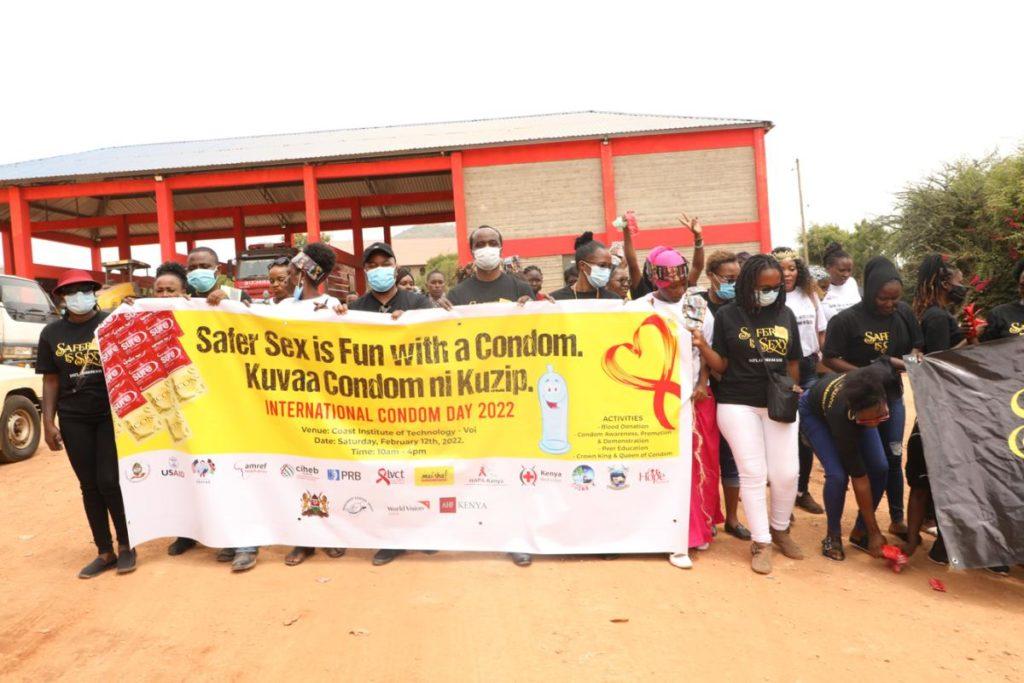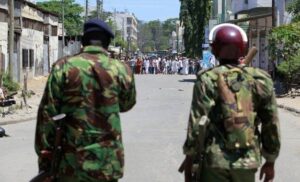
Share
By Kevin Keitany
HIV prevalence has remained unacceptably high for the past ten years and increased infection rates pose a great risk to the country’s vision of a healthy nation. Accessibility to essential services for the majority of the HIV affected population is still a major challenge in many counties in Kenya.
This has been contributed to largely by high levels of stigma and discrimination as well as legal framework that criminalizes the key population’s actions. Addressing this pandemic will take everyone getting on board, however, youth are critically important in this fight.
National AIDS Control Council (NACC) Chief Executive Officer, Dr. Ruth Laibon-Masha, urged the Maisha Youth movement to use their potential and knowledge to influence positive health outcomes among their peers. Dr. Masha challenged the youth to share experiences and identify gaps to inform priority areas for prevention and better service delivery in HIV response.
Youth involvement is key because Kenya HIV Estimates 2018 report reveals that adolescents and young people account for almost half of total new infections. Dr. Ruth Laibon-Masha committed to strengthening NACC’s working relationship with the youth movement to build their capacity in addressing health issues.
The Kajiado County Integrated Development Plan notes that the youthful population is projected to grow to 432,649 by 2022, a 62% increase from 2009. Accordingly, the County Government will support various youth programmes aimed at addressing unemployment, drug and substance abuse, and HIV & Aids.
According to the CIDP, the county records high awareness on HIV and AIDS, with 99.3% of women and 100% of men reporting awareness. HIV prevalence rate is 3.9% compared to the National prevalence of 6%. The county aims to attain 90% awareness where all people living with HIV know their status, 90% of all people diagnosed with HIV infection receive sustained antiretroviral therapy
Kajiado is classified as a medium incidence county for HIV infections. Over the years, prevalence has steadily reduced; this could be attributed to planned interventions. The 2015 Kenya’s Fast-track plan to end HIV and aids among adolescents and young people report, lists a number of community based HIV interventions for the county. These include:
- Behavioural interventions implemented in HIV hotspots
- Integration of HIV services in community health settings including youth centres
- Alcohol reduction campaigns at local levels and alcohol reduction counselling
- Anti-FGM campaigns
- Condom programming and use
- Youth-led community initiatives including advocacy, communication, social mobilization (ACSM) and social media campaigns
With 43% of Kenya’s total population below 15 years, it is clear that to halt and reverse HIV, with zero new infections, the youth have to be actively and aggressively involved on every level.
Image: Youth participating in international condom day. Source: National AIDS Control Council
This story was produced by DOMUS MARIE in partnership with Code for Africa, Kenya Community Media Network and the Catholic Media Council with support from the German Cooperation as a part of the Our County Our Responsibility project.


